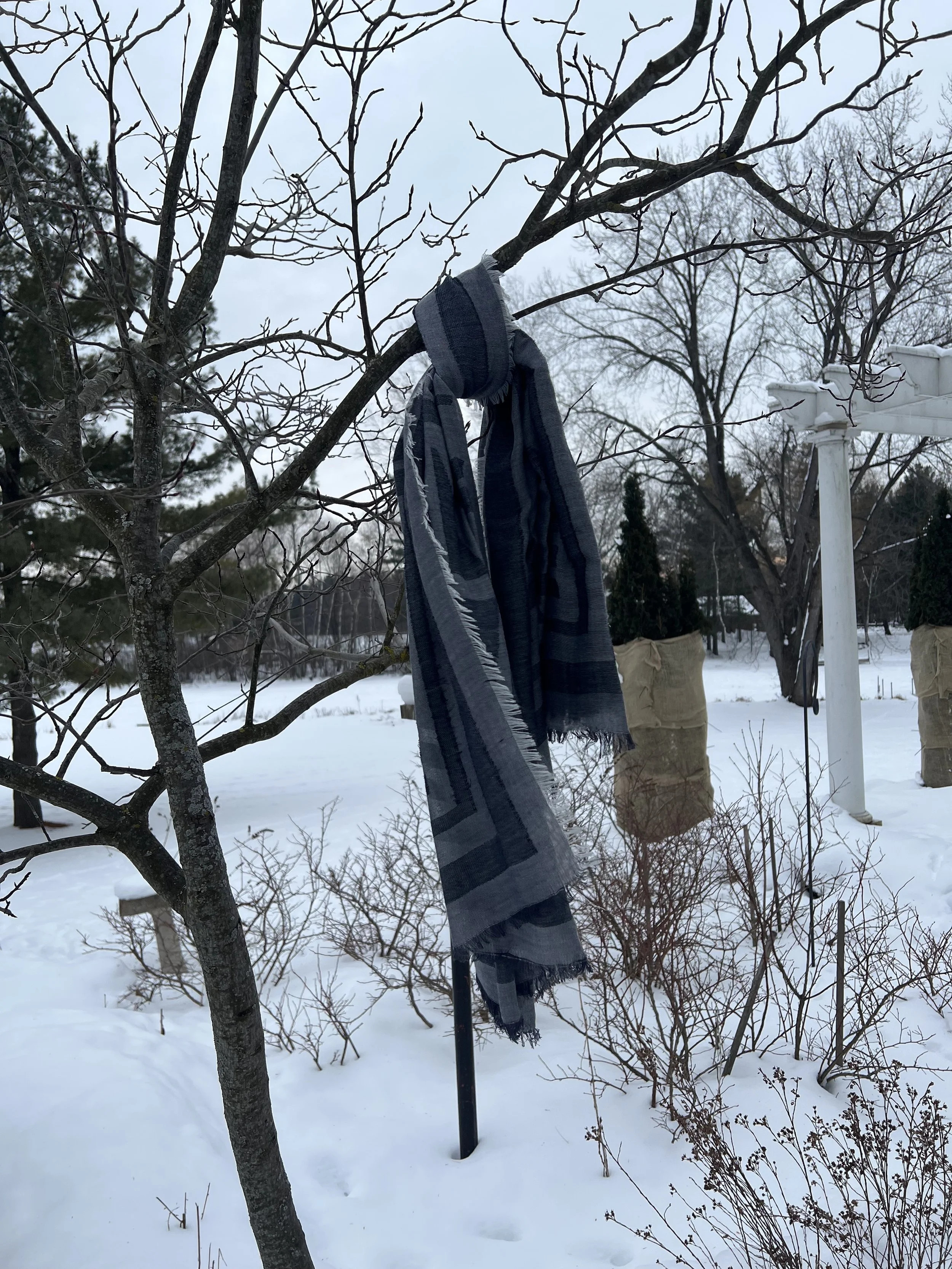Cross Quarter Imbolc
Brigid blessed the scarf I tied on the tree - see the prints in the snow . . .
Measuring time through the earth’s cycles is an ancient practice. As my book, Walk Within: Reclaim Your Spiritual Nature, notes, Christians often demonized earth based “pagan” practices and replaced them with celebrations upholding their theology. Today’s celebration of Imbolc or Candlemas exemplifies this.
Imbolc originally celebrated the cross-quarter day between Winter Solstice and Spring Equinox. Fires celebrated the creative spark experienced as light returned. These celebrations included festivals celebrating Brigid, the Celtic Goddess of fertility overseeing poetry, crafts, and prophecy. Tying a scarf on a tree outside on Imbolc eve, enabled the Goddess to bless it with creativity as she rode her horse by on the evening of February 1st. Wearing the scarf blesses the wearer’s creativity throughout the year.
Monks replaced Brigid the Goddess with Brigid the Saint by writing accounts of her life in the 8th century. They described her as the patron saint of Irish nuns, describing her as the first nun born in 453 CE. According to the monks, known for her charity to the poor, St. Brigid desired to create a monastery in Kildare and lived there until her death in 524 CE. Locals claim that the site of the monastery was previously a shrine to the Celtic goddess, Brigid.
Some view dogmatic layers of Christianity placed over Indigenous practices as progress believing earth-based practices are uncivilized or less civilized. We pay a dear price for this perspective and the dominating behavior it supports. Imposing a Gregorian 12-month calendar over the natural 13 moon cycles of the earth’s natural ebb and flow presents us with fertility, climate change, drinkable water, clean food, and other challenges. Goddesses in particular connect us to nature’s rhythms. They will be celebrated throughout the year in this blog in hopes of inspiring courage to claim our own Indigenous roots and to live connected to the earth’s rhythm.

